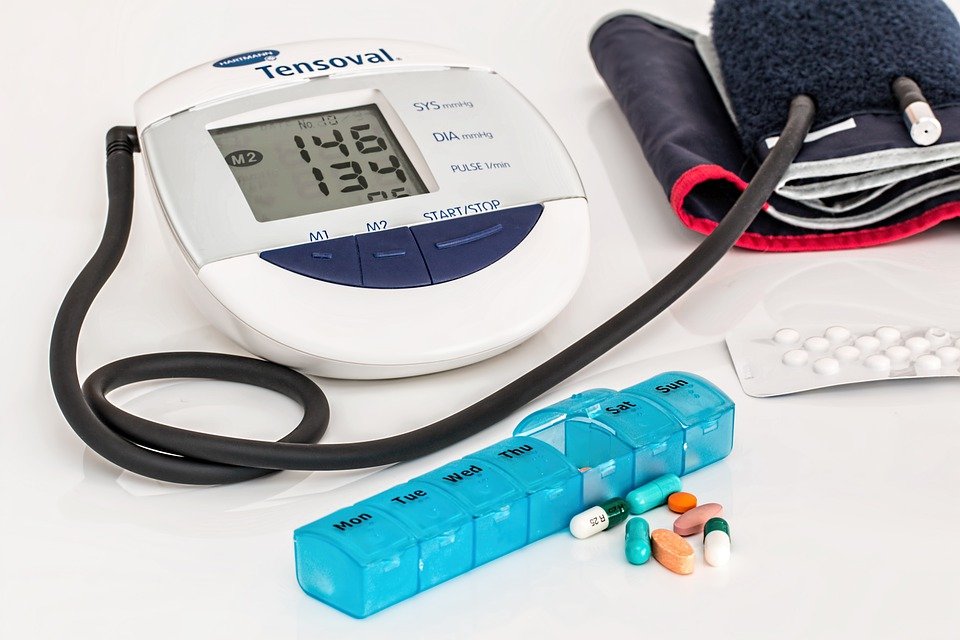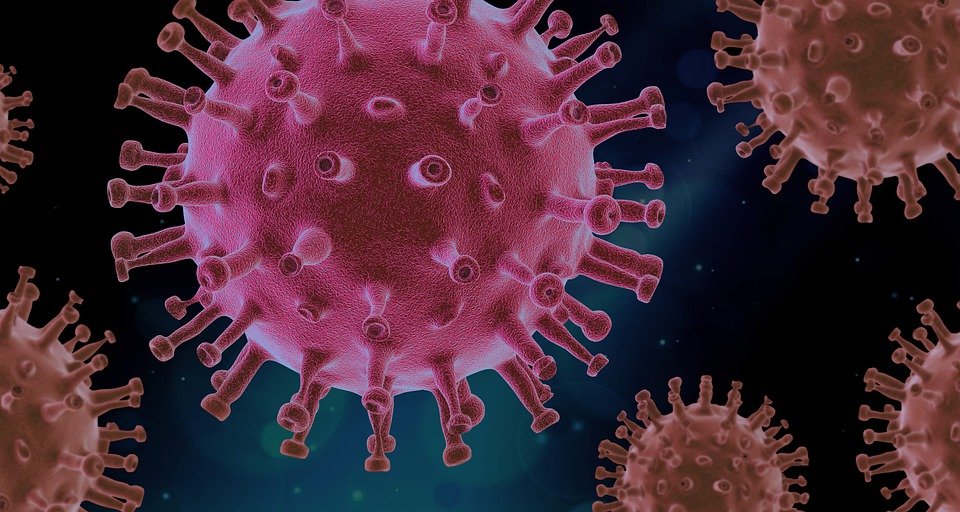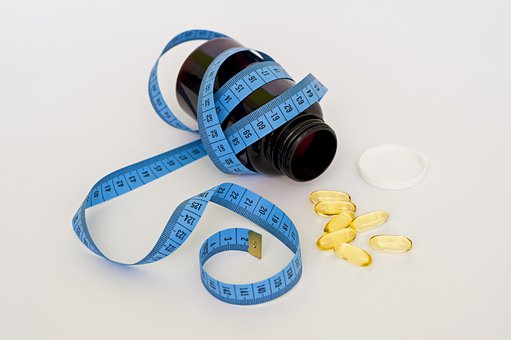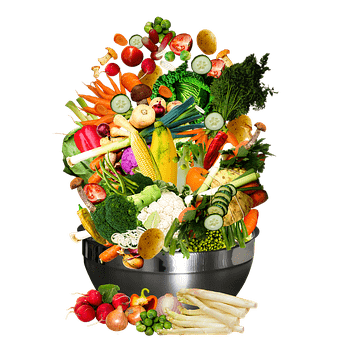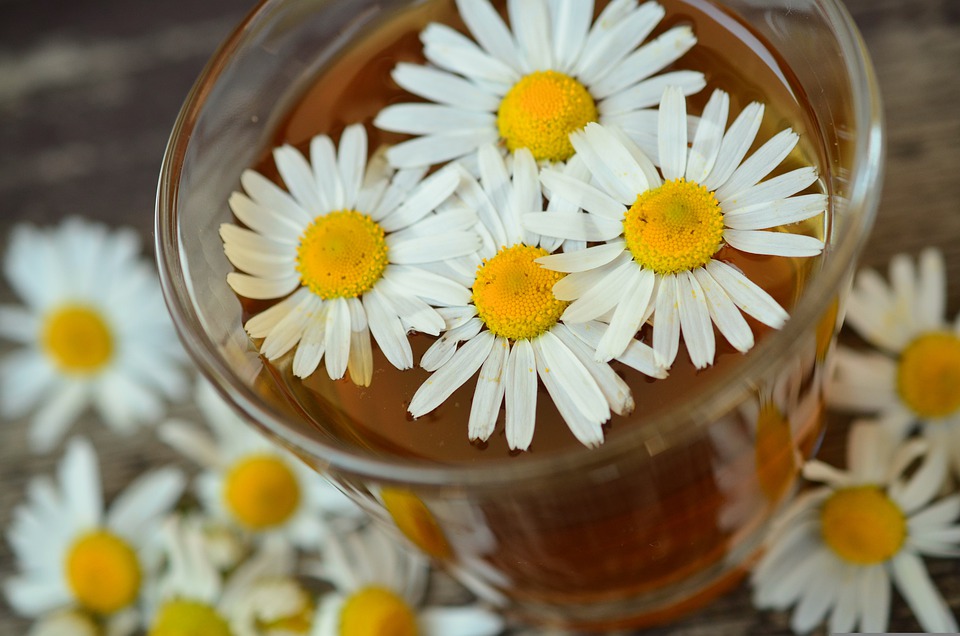
What is Herbal Medicine?
Herbal medicine refers to a variety of medical philosophies that use plant-based remedies to fight sickness.
The major difference between herbal and synthetic medicines is that herbal medicines are not created in a laboratory.
Herbal medicine treatments involve using raw plant materials to help with high blood pressure, inflammation, erectile dysfunction, and other issues. Traditional doctors are catching on to the benefits of herbal supplements to help with minor ailments, and sometimes suggest that patients use supplements or herbs instead of stronger prescription medication.
Pros of Herbal Medicine
Affordable
Herbal supplements are generally more affordable than modern medicine because there is less bureaucracy involved in their sale. You don’t have to go through insurance, or deal with doctors or long wait times, as you would with modern medicine. Herbal supplements are also easy to find, at local stores or online, and usually cost less than $30 a month.
Natural
They are made from whole, natural plants – not from chemicals in a lab. So, when used as directed, most have no long-term side effects.
Fewer Side Effects
Herbal supplements are great for wellness as long as you don’t overuse them. They have fewer side effects than regular prescription medication and contain only active ingredients.
Growing Research
Because of the growing use of herbal remedies and supplements, more and more research is being done to understand how exactly they work, what effects they have, and if they are beneficial at all. Research shows that certain supplements and herbs do have medical applications:
Peppermint — Helps digestion and reduces headaches.
Cinnamon — is known to help blood circulation and regulate blood sugar levels.
Chamomile — Contains anti-inflammatory antioxidants, and promotes relaxation.
Gingko — is a herbal supplement that is sometimes taken in order to improve brain health and circulation. Additionally, gingko may help to reduce inflammation in the body.
Turmeric — Anti-Inflammatory.
Tea Tree Oil — Antifungal, antibacterial, and anti-inflammatory.
Green tea — contains the chemical compound l-theanine, which is known to naturally lower blood pressure, reduce anxiety, and increase focus.
As research into natural remedies expands, the difference between effective treatments and scam products becomes more apparent.
Cons of Herbal Medicine
Bogus Supplements
When purchasing herbal supplements, it is important to find a reputable source. It is also advisable to avoid products that are imported, as they are not subject to the same regulations. Some less than scrupulous sellers may add harmful additives to their supplements, which can lead to negative reactions or even death. Others may simply fill their supplements with inert ingredients, rendering them ineffective.
Adverse Interactions
If you are currently taking any prescribed medication, it is crucial that you inform your doctor or another medical professional before beginning to take any supplements. Certain supplements and herbs have the potential to decrease the effectiveness of prescribed drugs. In some cases, they can even intensify the effects of the medication, which can lead to problems such as blood thinning, high blood pressure, or low blood pressure.
Allergic Reactions
Before taking any supplements, it is important to check if they contain any allergens. To be safe, start with a small amount of the supplement and see if you have any reaction. It is advisable to consult a medical professional before taking any supplements.
Dosing
If you’re using herbal supplements, dosing can be tricky because there is a lack of regulation. For example, it can be difficult to determine the exact dosage of raw herbs like ginger, soy, or ginseng. Therefore, it’s important to research and talk to a medical professional or trustworthy expert to help ensure you are taking a safe dosage.
Health Benefits of 5 Healing Herbs
You should speak to a healthcare professional if you are experiencing pain, as it may signify a more serious issue. If left untreated, conditions can worsen and lead to complications. Before using any herbal remedies, check with your doctor to see if there could be any interactions with medications you are taking.
Ashwagandha
The Ashwagandha plant comes from Withania Somnifera, also known as Indian ginseng and Indian winter cherry. The evergreen shrub is native to Africa and Asia and grows in some parts of the Middle East and India.
Traditional Uses
The herb ashwagandha has been used medicinally for thousands of years, most notably in the traditional Indian medicine system of Ayurveda. Its purported benefits include increased energy levels, decreased anxiety and stress, and reduced pain and inflammation.
This herb significantly reduces levels of the stress hormone cortisol, helping to reduce stress and anxiety. It is recognized as an adaptogen, a substance that helps protect against stress.
Some people take ashwagandha to improve male sexual health. The root of the woody plant is said to support erectile dysfunction, increase libido (sexual desire), and enhance sexual pleasure.
Preparation
Ashwagandha is a dietary supplement that can come in the form of capsules, tinctures, or powder. The powder form can have a bitter, earthy flavor, so it is often mixed into smoothies, desserts, coffee, or tea. Ashwagandha has traditionally been mixed with honey, ghee, or water.
I recommend mixing one-fourth teaspoon to one-half teaspoon of ashwagandha powder into your smoothies or hot beverages. It doesn’t matter what time of day you take it, though it is best to take it approximately 30 minutes before a meal.
It can take weeks for most people to notice the benefits of ashwagandha.
Considerations
Most adults can safely take Ashwagandha, though some side effects like drowsiness, gastrointestinal discomfort, and diarrhea have been reported. Ashwagandha can interact with certain medications like anticonvulsants, benzodiazepines, and barbiturates, so people taking those medications should avoid it.
Do not consume ashwagandha if you are pregnant, as it may lead to miscarriage.
Chamomile
Chamomile has been used in teas, as a flavoring, and in cosmetics. German chamomile is used to calm nerves and settle stomachs, while Roman chamomile is used as a relaxing agent. Chamomile tea is made from either fresh or dried chamomile flowers. The Chamomile flower is native to Western Europe, India, and Western Asia, but can now be found growing in the United States. Chamomile comes in two types, German and Roman, both of which have different purposes. German Chamomile is used to calm nerves and settle stomachs, while Roman Chamomile is used as a relaxing agent. Chamomile tea is made using either fresh or dried Chamomile flowers.
Traditional Uses
Chamomile tea is a popular herbal remedy in the United States that is used to help reduce anxiety and promote relaxation. According to the National Center for Complementary and Integrative Health, which is a division of the National Institutes of Health, chamomile tea is “likely safe” to drink. It may also be safe to take chamomile orally for a short period of time. However, not enough is known about the long-term safety of using chamomile for medicinal purposes.
The popularity of this herbal remedy is backed up by its proven effectiveness in wound healing and reducing inflammation and swelling in Europe.
Chamomile is an excellent source of several vitamins and minerals. A 2016 review found that chamomile is a versatile and benefits from several vitamins and minerals. Chamomile is commonly used for its antioxidant, antimicrobial, antidepressant, anti-inflammatory, antidiabetic, and antidiarrheal effects. Chamomile is also beneficial for managing knee osteoarthritis, ulcerative colitis, premenstrual syndrome, and gastrointestinal disorders.
Preparation
Chamomile can be used in many different ways to treat different ailments. You can brew it as a tea and drink it, apply it as a compress to an injured area, or use it topically to treat skin irritation. To prepare the tea:
- Add 1 teaspoon of dried flowers per cup of boiling water.
- Place the flower blossoms in a tea infuser.
- Pour boiling water over the flowers.
- Steep for five minutes.
If you’d like a cooler drink, you can add ice to your tea. You can find chamomile tea and capsules at most health food stores. If you’re using capsules, make sure to get ones that are pharmaceutical grade. Therapeutic grade capsules may not be as effective.
Considerations
Some people may have an allergic reaction to chamomile, and there have been reports of anaphylaxis (a severe, whole-body allergic reaction that can be deadly) from its use. Avoid using chamomile if you take blood thinners or the antirejection drug cyclosporine, as it can negatively interact with these medications.
Echinacea
Echinacea is a flowering plant related to daisies. It typically has large, magenta petals and blooms in summer. It is native to eastern and central North America, and various parts of the plant are commonly used for medicinal purposes.
Traditional Uses
Echinacea is a plant that has traditionally been used as a natural remedy for various conditions such as toothache, bowel pain, snake bites, seizures, skin irritation, and arthritis. In recent years, echinacea has become a popular home remedy for common cold and flu. Additionally, echinacea is known to promote wound healing.
Echinacea contains a lot of different substances that are thought to help with pain, swelling, and viruses, as well as being good for you overall.
There is some evidence that echinacea may help to prevent or shorten the duration of a cold, but more research is needed to confirm this.
Preparation
The plant can also be used topically as an infused oil, lotion, or salve. Echinacea is available in different forms such as capsules, tinctures, tea (bagged and loose-leaf) forms. It can also be used topically as an infused oil, lotion, or salve. To prepare loose-leaf echinacea tea:
- Place flowers, leaves, and teas in a mug.
- Boil water and pour 8 ounces of water into the mug.
- Let the tea steep for up to 15 minutes.
- Strain to remove the plant parts.
- Flavor to taste with honey, stevia, or other natural sweeteners.
Considerations
Echinacea may not be good for your digestive system and may cause an upset stomach. However, experts say that it is okay to use it on a short-term basis. If used for a long period of time (eight weeks or more), it can have negative effects on your immune system and liver.
Before taking echinacea, speak with your healthcare professional to see if it is right for you. The herb may interact with other medications, especially those that affect the liver.
If you are prone to allergies to plants in the daisy family, you may also be allergic to echinacea.
Garlic
A garlic plant is a plant that lives for more than two years and is originally from Central Asia. People from all over the world grow garlic for its strong flavor. Garlic is also used for its healing properties.
Traditional Uses
For thousands of years, humans have used garlic for both medicinal and culinary purposes. Some of the traditional medicinal uses for garlic include preventing infection, lowering blood pressure, treating tuberculosis, colic, liver disease, and intestinal worms, and reducing fevers.
Research indicates that garlic has properties that can fight infection, cancer, and inflammation. Additionally, studies have found that garlic can help lower blood pressure and reduce the likelihood of having a heart attack or stroke.
Research indicates that consuming garlic regularly, either cooked or raw, may decrease the likelihood of developing colorectal cancer.
Preparation
You can eat garlic both cooked and raw. You can also use garlic powder to season meats, vegetables, soups, and stews.
Garlic supplements are available for purchase in capsule, oil, and tincture form. Recommended daily dosages vary depending on how you are using garlic, including:
- 2–5 grams of fresh, raw garlic
- 0.4–1.2 grams of dried garlic powder
- 2–5 milligrams of garlic oil
- 2,400 milligrams of liquid garlic extract
Considerations
If you are taking blood thinners or planning to have surgery, speak to your doctor before taking garlic supplements. Garlic can increase the risk of bleeding.
Ginger
Ginger is a plant that has a stem with leaves and yellow-green flowers. It is originally from Asia and India and is part of the Zingiberaceae family. The spice that comes from the underground stem of the ginger plant is used in many foods and drinks globally.
The fresh rhizome of Zingiber officinale Roscoe is used in traditional Chinese medicine. This plant is also called Zingiberis Rhizoma Recens.
Traditional Uses
Since the 1500s, ginger has been widely used in various traditional medicines worldwide. More than 2000 years ago, ginger was so highly regarded for its medicinal properties that a pound of it was worth as much as a sheep.
Ginger has a long history of being used as a remedy for common ailments such as nausea, pain, and vomiting. ginToday, ger is classified as an herb, food, and medicine.
Ginger is most commonly known for its ability to help reduce nausea, but it has other medicinal properties as well. According to research, ginger may help relieve nausea and vomiting for people undergoing surgery and pregnancy-related nausea. It may also help relieve chemotherapy-related nausea.
According to a study, ginger is an effective pain reliever due to its anti-inflammatory and antioxidant properties. The study found that ginger also helped increase mobility in individuals with osteoarthritis.
Preparation
Ginger comes in many forms, including fresh, dried, pickled, candied, and powdered. It smells strong and spicy and tastes somewhat sweet and peppery. Ground ginger root, which is commonly used for cooking and baking, is typically what you find on spice shelves in grocery stores.
There are many ways to consume ginger, including in tea. You can buy ginger tea bags in most grocery stores or make them at home with fresh ginger. If you consume fresh ginger, remove the skin with a vegetable peeler before using it.
Considerations
Although ginger is generally recognized as safe, there may be some side effects associated with its use. These side effects are usually mild and include diarrhea, heartburn, and abdominal discomfort. However, these effects may be more likely to occur when ginger is taken in large doses.
If you want to reduce pregnancy-related nausea and vomiting, you should talk to your healthcare professional before using ginger.

